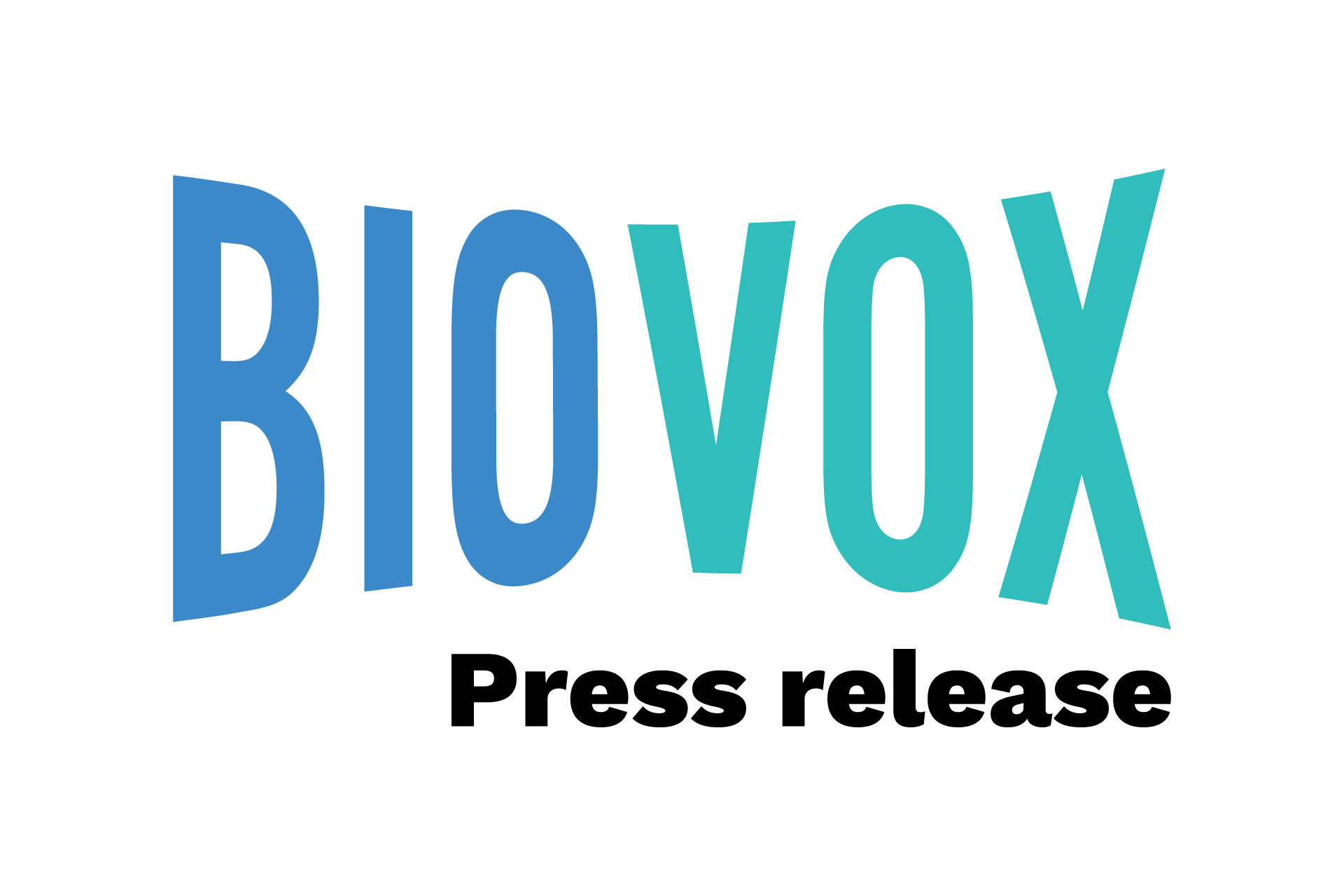• Primary objective of safety and tolerability met • In the three highest dose groups, 100% of patients achieved a 75% or greater reduction in disease activity compared to 0% for placebo • The onset of clinical effect was rapid and sustained throughout the study
Ablynx today announced that its partner, Merck KGaA has reported encouraging results from a study in psoriasis patients with the bi-specific Nanobody® anti-IL-17A/F (M1095). The trial was conducted in 41 patients with moderate-to-severe psoriasis with multiple ascending subcutaneous doses ranging from 30mg to 240mg administered on days 1, 15 and 29. The primary endpoints were safety, tolerability, immunogenicity and pharmacokinetics. Secondary endpoints were pharmacodynamics and efficacy. The doses of M1095 were well tolerated. No dose-dependent treatment-emergent adverse events were observed. Pharmacokinetic profiles demonstrated dose proportionality with the expected terminal half-life of ~11-12 days. There was no apparent effect of anti-drug antibodies on pharmacokinetics. A reduction in disease activity, as measured by Psoriasis Area Severity Index (PASI) and improvement in static Physician Global Assessment (sPGA) was seen for all doses of M1095. At day 85, for the three highest dose groups (60mg, 120mg, and 240mg); PASI-75 (75% or more reduction in disease activity) scores of 100% were achieved versus 0% for placebo. In addition, all dose levels of M1095 showed 88-100% of patients achieving a minimal or clear sPGA score at day 85 versus 0% for placebo. Rapid onset of clinical effect was observed after the first dose and sustained out through to the conclusion of the study at day 85. Dr James G Krueger, Director, Milstein Medical Research Program, Senior Attending Physician, The Rockefeller University, commented: “The results showed a very rapid onset of clinical benefit for the patients. The outcome of this study makes me believe that M1095 has the potential to become a preferred treatment option for psoriasis patients with potential in multiple additional indications in which the IL-17 pathway is involved.” Dr Edwin Moses, CEO of Ablynx, commented: “This Nanobody was developed as part of a deal signed with Merck KGaA in 2008. Ablynx was responsible for the discovery and some of the pre-clinical work to identify a suitable anti-IL-17A/F clinical candidate and Merck KGaA is now responsible for the clinical development and commercialization of this molecule. These initial data are very encouraging when compared with other psoriasis therapeutics commercially available and in development. We believe that the results for this anti-IL-17A/F Nanobody, which was the first functional bi-specific Nanobody to reach the clinic, are a further validation of the enormous potential of the Nanobody platform to generate therapeutically important multi-specific molecules in a wide range of indications.”

